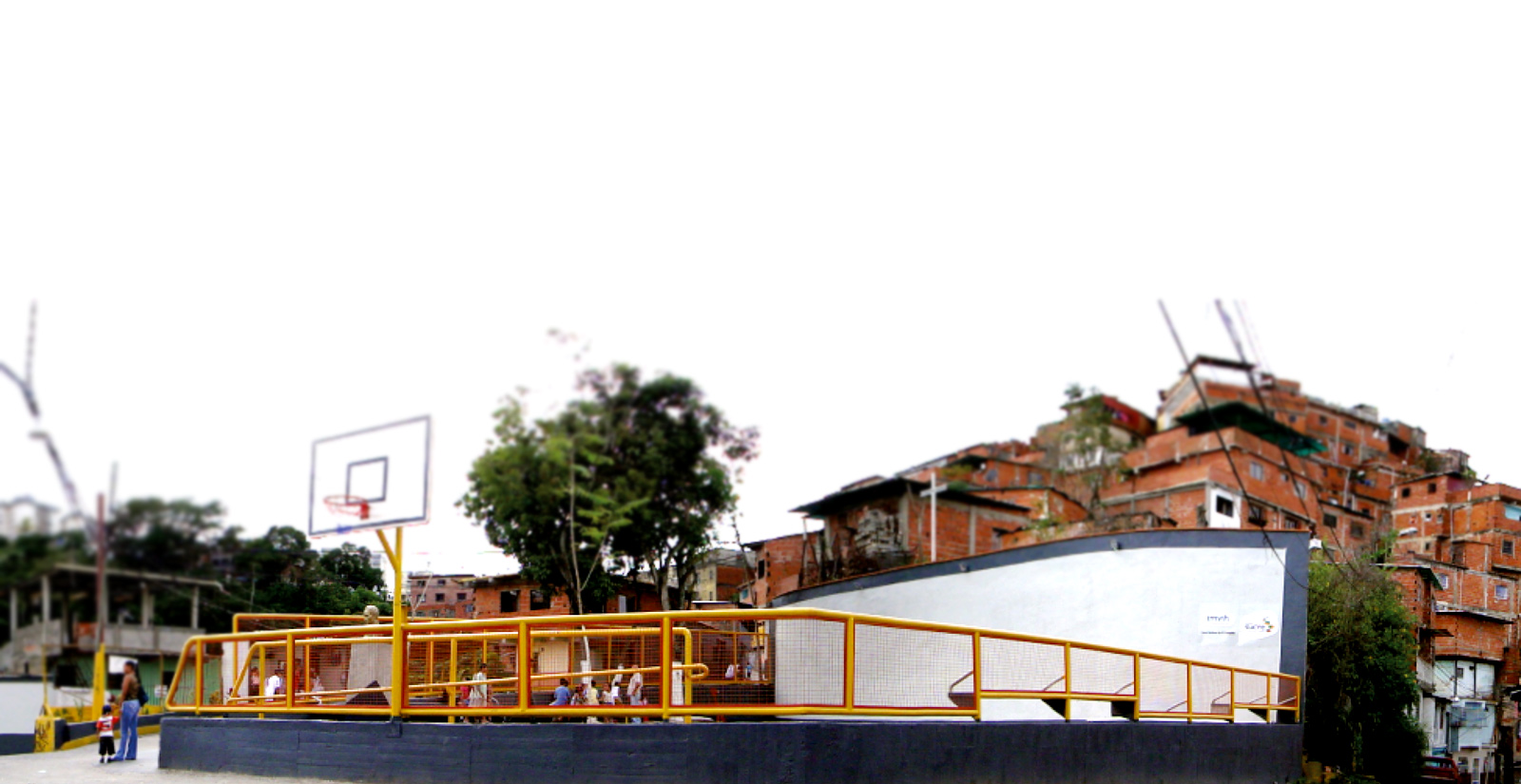I once came across a Facebook post about a restoration of a certain vernacular architecture in Indonesia. One of the architects involved commented; "when I go to school what we learn is about modern structures, the concrete, the steel; but we never learn about this kind of building...There's a lot of things we can learn from these buildings, like how we adapt with the regional climate..."
This echos in my mind and perhaps also in the minds of many other design and planning professionals.
We, as social beings and collectives, are inclined to follow trends. At school, we are trained to appreciate Star Architects and to produce architecture for affluent clients worldwide. In the past decades the media has continued to lure us everyday by seductive images that turned architecture into luxury fashion, often disconnected from its original purpose. What the media (and we) might have ignored, are the un-solicited, unremarkable, and often indigenous building activities that have achieved no less than the awarded, the critically acclaimed and the media-favored projects. Little attention was spent on the purposes, the processes and the people that work to improve the lives of the less privileged who can't afford the design service.
Perhaps it is Architecture for Humanity, initiated in 1999, which generated a wake up call to the issue of architecture serving the underprivileged, the other 95% of the world population. Since 2011, Small Scale, Big Change, Design other 90 network, Public Interest Design, and plenty of other exhibitions, awards, campaigns, online and offline organizations were emerging movements that contributed to the awareness of the issue. Examples on the corporate side, we saw the launch of Holcim Awards, Wienerberger Brick Awards as well as the sophisticated magazine Daylight and Architecture by Velux...etc., together with other corporate initiatives that culminated into a worldwide shift in the architectural practice.
Change is constant and rapid in our digitalized age. Five years ago, most of our peers might not have comprehended the meaning of 'the social dimension in architecture' or 'community practice'. Yet the current discourses have rendered 'architecture of the other 95%' more relevant and has worked to further diminish the focus on starchitecture:
On June 19, an article on SustainableCitiesCollective The Death of Planning Expertise brought up a vivid debate. On July 28th, another debate was launched in the NY Times titled Are the Star Architects Ruining Cities? A 6-part documentary series named Rebel Architecture was launched on August 18 on Al Jazzeera TV. A recent article goes so far as to use this provocative title Hey architects, the future of architecture is not about you, touting the end of starchitecture and calling for an architecture that is 'selfless'.
These are just some examples relayed to us through dominating global media outlets, all together questioning the status quo of the current design and planning practice, and the role of designers and planners. So how should we then move forward and transcend the current modes of thinking? As architects, planners, and global citizens, what are the ways we can make improvements to the social, economic and environmental challenges with respect to local culture, budget and climate?
Recap: Architecture In Development's 10 examples
In the past three years, many case studies were added to our online library from various continents. These showcase a new generation of creative design to serve for the communities affected by poverty & unemployment, armed conflict, rapid urbanization or natural-manmade disasters. Now we'd like to revisit these 10 examples that demonstrate a global movement of new architecture practice, that is, design as activism:
1 R-urban, Colombes, France: creating a sustainable urban living through community-driven argriculture practice and cooperative housing.

2 BAMBÚ SOCIAL, El Rama, Nicaragua: a prototype housing developed with respect to the local social and economic contexts.

3 Wadi Abu Hindi Primary School, Palestinian Territories: a school designed and built under the extreme geographic and socio-politic constraints to serve the refugee community.

4 Esperanza, El Cabuyal, Ecuador: in this project, the architects and the villagers built not only a school but also a hope, esperanza, for the generations to come.

5 Community Bamboo Footbridge, Davao City, Philippines: a bridge that connects physically and socially the communities affected by the disaster.

6 Slovo Hall, Johannesburg, South Africa: a research-design-build project where students and local residents collaborate to realize the communal space in need.

7 De Ceuvel, Amsterdam, Netherlands: a temporary community designed to regenerate an urban wasteland.

8 Design Home Solution, Delhi, India: an incremental development strategy that enables safety & quality in self-construction.

9 Plaza Maca, Petare, Venezuela: a community theatre in an impoverished and violent area that engaged and challenged the complex relationship between the stakeholders.

10 Dorchester Projects, Chicago, U.S.A.: three abandoned houses transformed into vibrant art and cultural places that enrich the life of the neighborhoods.

In some of the examples, such as Design Home Solution, Plaza Maca and Rebuild Foundation have triggered a series of neighborhood & community transformations facilitated by workshops and social, educational and entrepreneurial programs. By continually cultivating the local culture together with the communities, these are examples that create a replicable solution and long-lasting impact.
Through working with very different contexts, these projects all have something in common. That is, designers played a proactive role in finding the needs and opportunities for communities, engaging communities to work together, actively seeking partners to generate funding possibilities and eventually, communicating between the different stakeholders to achieve a collective vision. By involving all the stakeholders during the planning, design, building and eventually, the maintenance phases, future architectural practices will enhance a sense of ownership and will ensure buildings withstand the test of time.